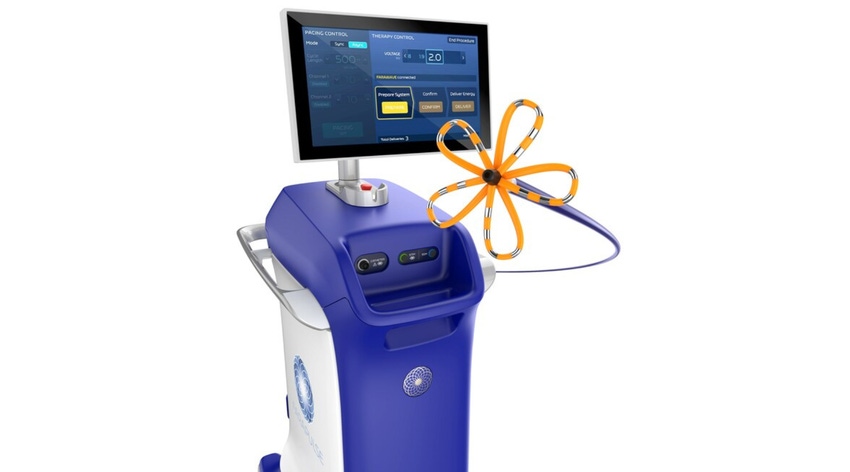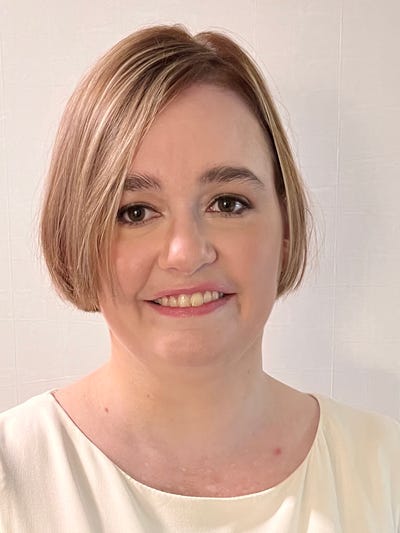Boston Scientific Crosses the FDA Finish Line with Farapulse
The company's pulsed field ablation system is among the most highly-anticipated medical device approvals of 2024.
January 31, 2024

Boston Scientific just became the second company to cross the FDA finish line in the pulsed field ablation (PFA) market. The company's Farapulse PFA system, which was first-to-market in Europe, is one of the most highly anticipated medical device approvals of the year.
The Farapulse PFA System is indicated for the isolation of pulmonary veins in the treatment of drug-refractory, recurrent, symptomatic, paroxysmal (i.e., intermittent) atrial fibrillation (AF)
PFA has been touted as a promising new ablation modality for the treatment of AF. Boston Scientific began investing in Farapulse in 2014, recognizing the long-term potential of PFA for treating atrial fibrillation. The company signaled its intent to buy Farapulse in 2020, and followed through on that intent in 2021, after the device was CE marked.
"A high bar has been set by performance of the [Farapulse PFA System] in clinical and commercial settings – where more than 40,000 patients have been treated to date – and we look forward to continuing to lead the way with this differentiated technology in the growing PFA space," said Nick Spadea-Anello, president of Boston Scientific's electrophysiology business.
While Boston Scientific was first-to-market in Europe, the honor of being first-to-market with a PFA system in the United States goes to Medtronic. Medtronic received FDA approval late last year for its PulseSelect PFA system, about a month after securing a CE mark for the technology.
During a traditional ablation procedure, a catheter is guided to the interior of the heart and generates extreme temperatures – hot or cold – to destroy targeted areas associated with abnormal heart rhythms. The Farapulse PFA System, however, relies on tissue-selective, non-thermal electric fields to ablate heart tissue and avoid damage to surrounding structures.
Positive 12-month data from the pivotal ADVENT clinical trial – the first randomized clinical trial to directly compare the efficacy and safety of the system against standard-of-care ablation – found that therapy with the device was as safe and effective as conventional thermal ablation, with statistically shorter ablation times and a quick learning curve for physicians. Additional real-world data from more than 17,000 patients in the MANIFEST-17K registry demonstrated continued real-world safety of the system, with no reports of permanent phrenic nerve palsy, pulmonary vein stenosis or esophageal injury.
The current version of Farapulse requires physicians to use separate mapping and ablation catheters. Boston Scientific is working to add a next-generation Farawave catheter with navigation capabilities to its roster. That device could be on the U.S. market by late 2024, the company noted during an investor event last year.
Treating AF with ablation (electrophysiology/EP) is an $8 billion market with a long runway, according to Travis Steed, a medtech analyst at Bank of America. Steed estimates that only about 15% of the eligible 2.5 million U.S. patients with AF are currently being treated with ablation (worldwide, around 650,000 ablations versus 35 million patients with AF, he notes).
Steed reported in February 2023 that pulsed field ablation looks to be safer and faster and could potentially revolutionize the way ablations are done today and expand the market. The key question comes down to data, as PFA must continue to prove durability and safety in line with thermal-based options such as radiofrequency ablation or cryoablation, the analyst noted.
About the Author(s)
You May Also Like



.png?width=300&auto=webp&quality=80&disable=upscale)
